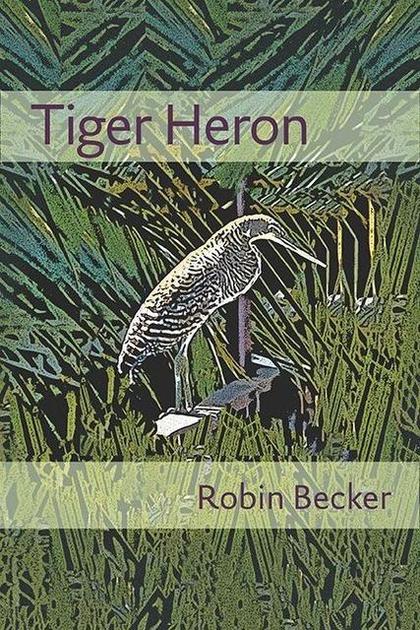Published in: July-August 2014 issue.
 Tiger Heron
Tiger Heron
by Robin Becker
University of Pittsburgh Press. 80 pages, $15.95
ROBIN BECKER is a well-established American poet and literary critic and professor at Penn State. Her eighth book, Tiger Heron, is a balanced collection of poems that tell stories and draw portraits with a clear eye and a steady hand. The recurring themes in Becker’s books—personal relationships, places, animals, and art—are back in Tiger Heron. The poems here are sincere and studious with a few controlled bursts of humor and despair and an underlying feeling of sadness and loss.







